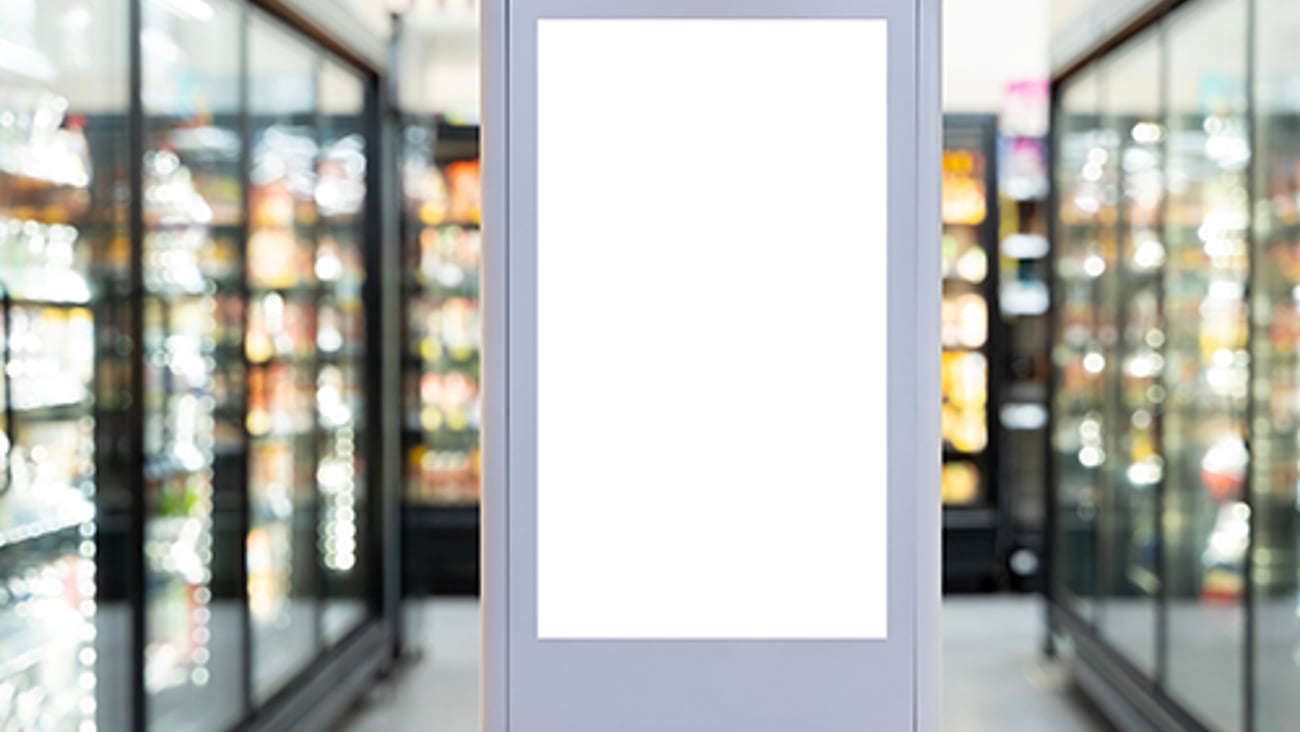Evolution of Checkout
It was never an exciting part of retail.
For decades the checkout was the pathway out of a store, but not the reason people came to the store in the first place. Few experts pointed to checkout as reflecting interesting consumer or retail business trends.
But if checkout hadn’t received a lot of attention in the past, that is now changing. The evolution of different forms of checkout and growing experimentation with new technologies has disrupted a mundane part of the retail business. Checkout is now more interesting and much more on the radar of retailers and shoppers.
I would even argue that checkout has a lot to teach us about the most important and robust directions for retail. You can’t fully understand retail’s future if you aren’t observing checkout.
Consumer Choice
Checkout reflects the growing importance of shopper choice at retail. Self-checkout became a faster-growing trend over the past decade, especially during the pandemic, giving shoppers an alternative to lanes with cashiers. In fact, as stores put more emphasis on self-checkout, some media headlines began to ask if retail was facing a self-checkout-only future.
But self-checkout challenges, including theft and scanning errors, slowed the momentum. That led to other kinds of headlines, including some that declared the failure of self-checkout.
The reality I see isn’t reflected by either of these types of narratives. Consumers increasingly prefer—and demand—choices in their shopping, including at checkout.
Business Operations
Checkout illuminates the kinds of business operations decisions that retail leaders increasingly need to weigh—based on factors such as workforce and shrink. Executives view self-checkout as a model that can help with labor shortages, but they also recognize it creates hurdles related to theft and other forms of loss.
The latter problem recently led Dollar General to say it will completely remove self-checkout from more than 300 of its highest-shrink stores. The retailer is also converting many self-checkout registers to associate-assisted-checkout options and limiting the total number of items that can be part of self-checkout transactions.
Technology and Experimentation
Checkout has become a case study in how technology experimentation is accelerating across retail. The best approach is trial and adjustment, especially for more futuristic technologies that dramatically disrupt how checkout works.
Amazon made big news recently when it abandoned its “Just Walk Out” technology in Amazon Fresh Stores. The giant retailer will instead focus on Dash Carts that enable shoppers to scan groceries, connect to online shopping lists, and complete their grocery checkout process. The company said the move was made because customers want to both skip checkout lines and eye receipts and savings throughout their store visits.
Customer Experience
Shoppers are increasingly seeking enhanced physical-store experiences and checkout is an important part of this trend. Enhanced experiences, however, are in the eyes of the beholder.
For example, Gen Z in particular tends to like self-checkout and would even switch stores for it, according to a survey by digital solutions company Avery Dennison.
Retail Reinvention
What’s next for checkout at retail? Will there even be a need to check out in the future?
This function will continue to be reinvented, just like retail itself. I predict checkout will adapt for changing developments and help us understand where retail is headed. I’m looking forward to seeing how this all plays out.
Isn’t checkout exciting?





